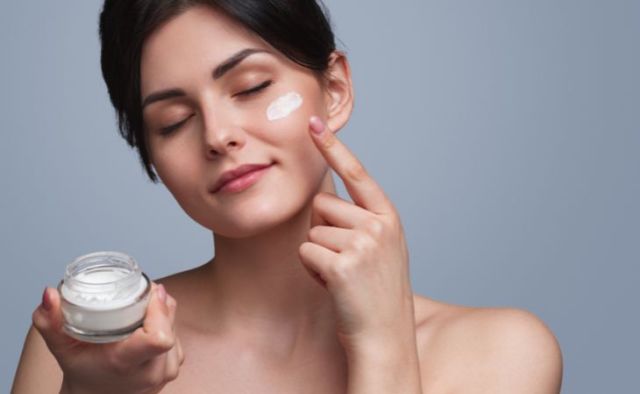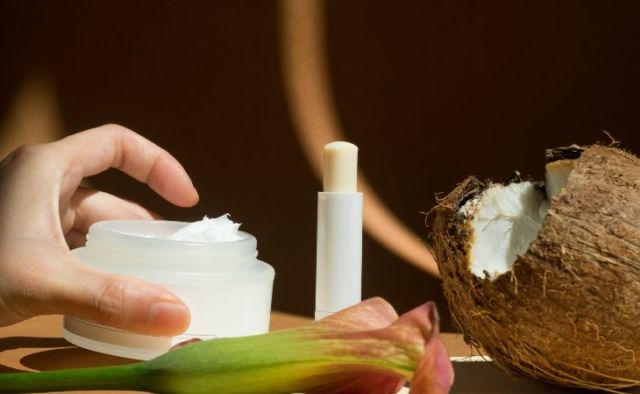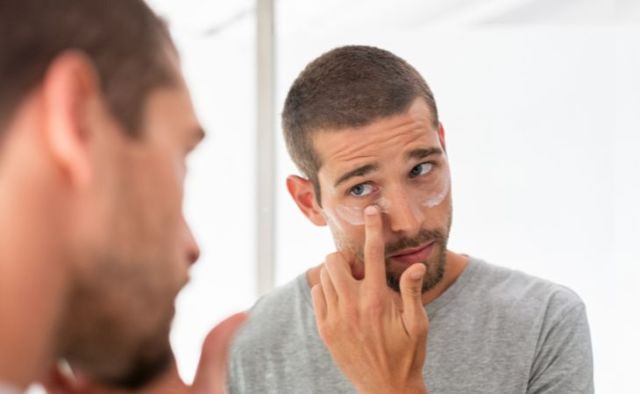Many individuals assume that only those with dry skin need moisturizers. However, the reality is that we all require assistance in maintaining our skin’s moisture levels, regardless of skin type. But what does it truly mean to “enrich the skin with moisture”? There are various products available to achieve this objective, including hydrators, moisturizers based on Vaseline, oils, and more. Our goal here is to provide you with clarity on the various types of moisturizers and help you understand what your skin truly requires.
Hydrator vs. Moisturizer: What’s the difference?
Moisturizing ingredients are categorized into several types, including emollients, squalenes, humectants, and moisture sealants, each serving a unique purpose in maintaining skin hydration.
Emollients – oils and fats
Squalene – oils
Humectants – active hydrators
Moisture sealants – isolating materials.
In the world of marketing, however, all this terminology disappears and is replaced by other terms. Brand owners use the terms quite freely, and the words “hydrator” or “active” don’t play a significant role in the effectiveness of the product. Nevertheless, these concepts are accompanied by a certain action, and thus how your skin will absorb moisture will be different depending on the product you choose.

What do moisturizers do?
Your body gets its moisture through the water it absorbs – from drinking or even after showering – but it is not kept in the skin for a long time. It evaporates along with the natural oils of your skin. Therefore, what you are looking for in your moisturizers is usually moisture sealing, when these will usually be preparations that combine moisture sealers, such as petroleum gel (Vaseline) and mineral oils or emollients. All these together form a layer that prevents water from evaporating from the skin, which helps to keep the skin smooth.
Moisturizers are made up of hydrators and stabilizers, which have different functions. While stabilizers prevent moisture loss from the skin, hydrators contain moisturizing ingredients like glycerin and hyaluronic acid that help lock in the water around the skin. It is imperative to understand these differences to find the right moisturizer for your skin type.
Which moisturizer is right for my skin?
Most moisturizers have similar functions and contain emollients, stabilizers, and moisture sealers that keep the skin hydrated. The texture of the moisturizer does not affect its performance as much as its ingredients do.
Nevertheless, you will have to experiment and understand why your skin reacts better. Therefore, apart from checking the list of ingredients, it is recommended that you pay attention to the effectiveness of the products on your skin. We already have some tips to give you.

1. For those with dry skin throughout the year – a thicker moisturizer
If your skin is regularly dry and tends to crumble or peel, it’s probably not because of changes in the weather – your skin just has a hard time keeping moist. Therefore, you will need to apply a protective layer to the surface of the skin that will help seal it and prevent liquid evaporation.
A thick lotion that contains emollients will help you achieve this goal, but if your skin is unusually dry, you may find it more helpful to simply apply Vaseline. On the other hand, you can apply shea butter or natural oils that benefit the skin, such as nut oil, jojoba oil, coconut oil, and even soybean oil or canola oil.
2. For daily dry skin – serum
If your skin is suffering through a period of dryness and you want to restore its fresh appearance, try a moisturizing serum with hyaluronic acid. Hyaluronic acid has the capacity to store 1,000 times its weight in water. This will help restore moisture to your skin, and you can continue to care for your skin naturally with the help of aloe vera gel or honey.
Dryness may be caused by a lack of drinking. Therefore, it is recommended that you also drink a lot of water and eat foods that are rich in liquids, such as watermelon, strawberries, and cucumbers. By doing all of these, you will be able to restore the skin’s fluid balance.
3. For oily skin – water-based moisturizers
Just because you have oily skin doesn’t mean it isn’t dehydrated. In fact, for some, dry skin tends to be even more oily. When this happens, it is a sign that there is a problem with the functioning of the barrier layer that aims to keep moisture inside the skin. When moisture evaporates, the skin dries out, which causes it to start producing more oil.
To end the cycle of dehydration, it is essential to use water-based products that do not clog pores and cause additional skin problems.

How do I know if my product will seal in the moisture properly?
To simplify the process, we recommend you look for specific ingredients on the product packaging that is suitable for your skin type. Moisturizers should contain ingredients like hyaluronic acid, glycerin, aloe vera gel, honey, snail mucin, lactic acid, and citric acid. Moisture sealers should contain ingredients like vegetable oils (nuts, coconut, almonds, hemp, tea tree, jojoba, etc.), shea butter, mineral oils, and lanolin.
To ensure optimal skin hydration, it is recommended to use two types of moisturizer – a moisturizer followed by a moisture sealer. However, if you prefer to simplify your routine, you can opt for products that combine both. Face masks often contain both types of moisturizer. Ultimately, there is no superior option as both methods have their benefits. The choice of which method to use depends on individual skin type and needs.

